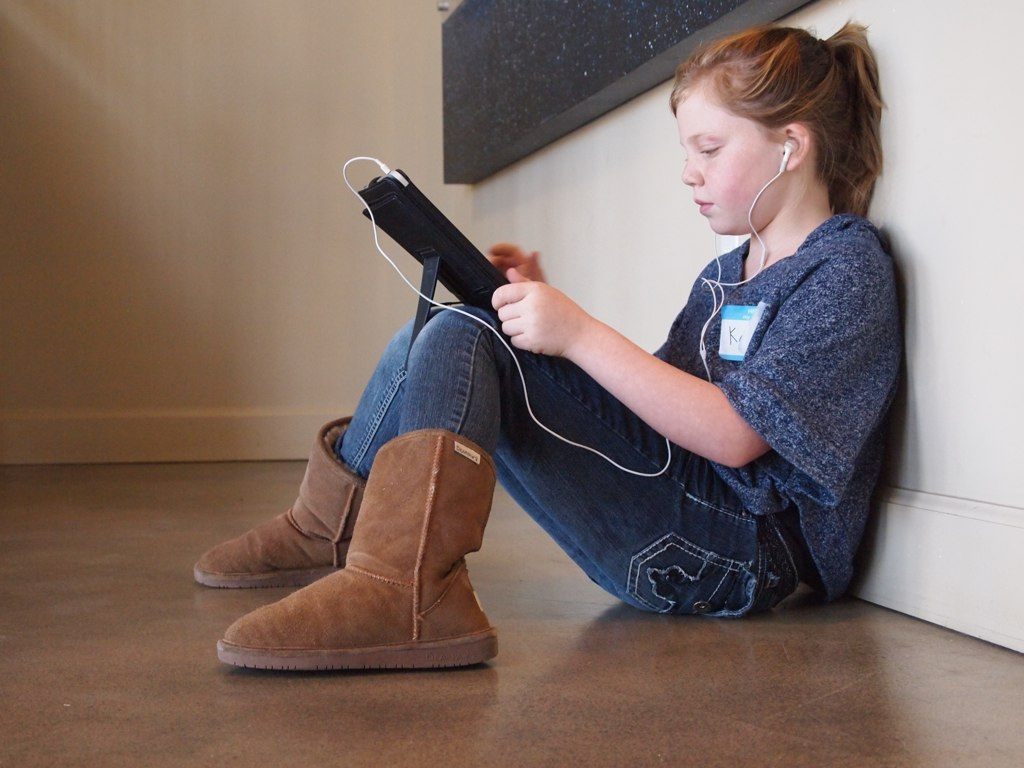Are you looking for strategies to help students who cannot use spelling rules If so, keep reading.
1. Affix a list of word endings (e.g., -ed, -ing, -ly, -er, etc.) and sample words to the student’s desk for use as a reference when writing.
2. Do not require the student to learn more information than they are capable of learning at any time.
3. Select a peer to practice the use of spelling rules when writing words, sentences, etc., each day with the student.
4. Cut a spelling word apart letter by letter to make a puzzle. Get the student to scramble the letters and then arrange them to spell the word.
5. Do not require the student to learn too many spelling words at one time.
6. Provide the student a magazine or newspaper. Get them to highlight words that follow the spelling rule they are learning.
7. Get the student to find a list of words (e.g., 5, 10, or 15 words) each week that they want to learn to spell. Teach the student to spell these words using the spelling rules.
8. Display a chart in the classroom with a list of words that represent the spelling rules. The student can refer to the list when finishing written tasks (e.g., “hoping” represents dropping the silent e when adding ing, “hopping” represents doubling the final consonant when adding ing, etc.).
9. Get the student to keep a copy of the rules for word endings at their desk.
10. Make sure the student has had sufficient practice using the spelling rules in writing words, sentences, etc.
11. Integrate spelling rules with the total language arts program (e.g., learning activities , methods, and learning materials related to the teaching of spelling, reading, and language as a whole rather than separately).
12. Get the student to practice a new spelling skill alone or with an aide, the teacher, or a peer before trying it with the entire group or before being graded on it.
13. Give the student an app or a handheld educational device that gives practice and reinforcement for correctly spelling words.
14. Get the student to continuously practice a spelling rule until that rule is learned (e.g., “i before e except after c,” etc.). On occasions where one rule is learned, a new one is introduced.
15. Minimize the emphasis on competition. Competitive learning activities may cause the student to hurry and make mistakes.
16. Consider using one of the tools from of spelling apps list.





